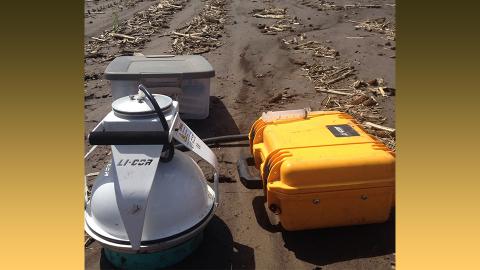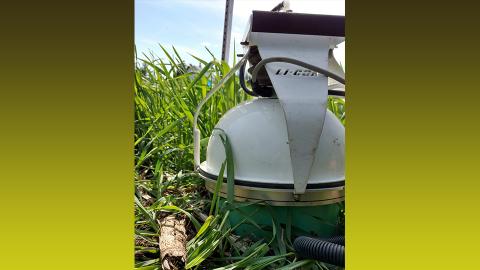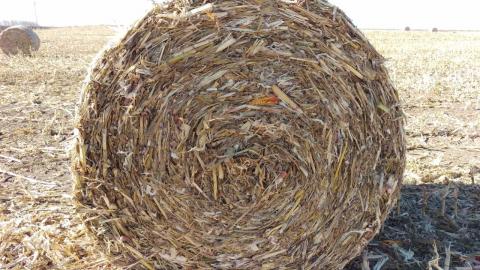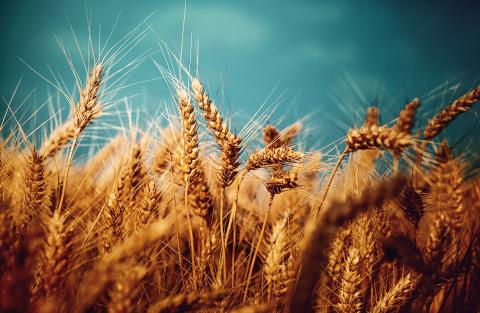What’s New with P Fertilizer Use?
April 5, 2018
Studies conducted at three sites over six years with varying levels of phosphorus (P) applications indicate when a P application may be profitable.
Alternative Nutrient Supply Products: Highlights of On-Farm Research Results
April 5, 2018
Are you considering using a new soil nutrient product this season? Learn what farmers learned from these nine studies of alternative nutrient supply products and practices, conducted as part of the Nebraska On-farm Research Network (NOFRN) in 2017.
Corn Residue Removal and CO2 Emissions
February 26, 2018
University research looking at CO2 emissions from two types of residue removal (baling and grazing) compared with a control treatment found little day-to-day impact; however, when looking at cumulative data for the whole year, grazing did appear to affect cumulative CO2 emissions in irrigated crop-livestock systems. This data represents the first year of this study.
Cover Crop and CO2 Emissions
February 26, 2018
Do cover crops affect CO2 emissions from the soil and if so, under what conditions? These were among the questions addressed by university researchers monitoring CO2 emissions from cereal rye cover crops in irrigated and dryland no-till continuous corn treatments.
Crop Residue Removal: Impacts on Yield
December 8, 2017
A review of multiple research studies indicates that where moisture is not limited, residue removal can result in no yield reduction to yield increases for the subsequent crop. However, long-term residue removal has been shown to affect other production factors and it's recommended that even in minimal erosion areas, removing residue does impact other production factors and it's recommended that 2.4 tons/acre of residue be left in the field.
Amelioration Strategies after Corn Residue Removal
December 7, 2017
The authors review three research studies on how amelioration practices such as adding cover crops and/or manure may offset any effects of removing crop residue.
Corn Stover Removal: Nutrient Value of Stover and Impacts on Soil Properties
December 7, 2017
Corn residue has a number of uses and thus its value as well as its impact on other systems may need to be estimated when evaluating post-harvest options. This article looks at how to estimate the nutrient value of the residue and potential impacts to the soil from removing the residue, based on Nebraska research.
Fertilizer Management for Winter Wheat
August 29, 2017
With winter wheat planting drawing near, it's time to collect soil samples and determine fertilizer needs. Use the nitrogen and phosphorus information to guide your strategy.






